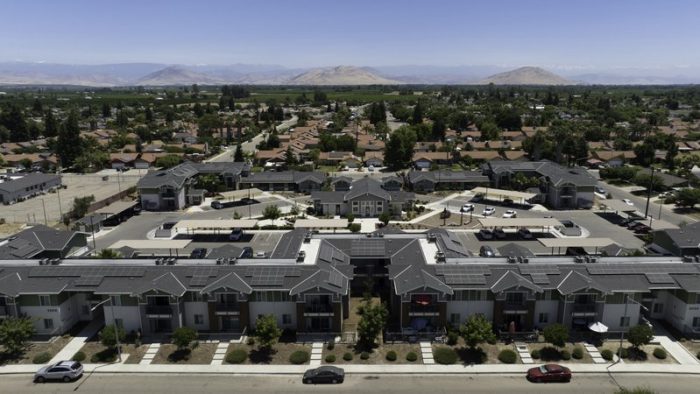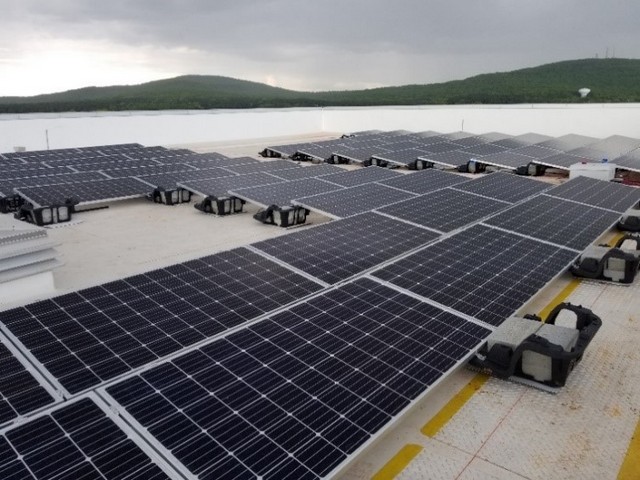Brattle Group validates Sunrun VPP as planning-grade grid resource in California

Following its emergency heatwave response in June, Sunrun has now validated the capabilities of its distributed battery network in a coordinated statewide dispatch test. Independent analysis by The Brattle Group confirms the fleet’s consistent performance and real-time impact on California’s grid, showing it as the most reliable and largest aggregated residential energy contributor.
This marks a new chapter in the story we’ve been following for years: Sunrun’s transformation from solar installation franchise to distributed power plant operator.
Coordinated grid event
On July 29, in a scheduled test event coordinated with the California Energy Commission, CAISO and local utilities, more than 100,000 home batteries from multiple aggregators dispatched energy to the grid during the high-stress 7 to 9 p.m. window. The Brattle Group’s analysis found that the coordinated response supplied an average of 535 MW to the grid — enough to power more than half of San Francisco — with Sunrun alone responsible for over two-thirds of that total.
That’s more than 360 MW delivered consistently for two hours from homes across California. And according to Brattle, the output caused a “visible reduction in net load” across the grid — a key metric for grid operators.
“Performance was consistent across the event, without major fluctuations or any attrition,” said Ryan Hledik, Principal at The Brattle Group. “Events like these demonstrate to system operators that residential batteries provide dependable, planning-grade performance at scale.”
That last point — planning-grade — matters. Until recently, residential batteries have mostly been framed as a backup resource, playing a role in grid emergencies or pilot programs. But Brattle’s evaluation places them in the same reliability category as traditional generators.
Why this event matters more than previous ones
Sunrun has logged notable grid dispatches before. In June, for example, we reported that the company’s distributed battery fleet delivered 340 MW across five states during a brutal heatwave. That was a real-time emergency response, driven by record demand on both coasts.
The July 29 dispatch was different. It was a planned statewide event. Instead of just reacting, this test proved residential batteries can be strategically integrated into grid planning, with Brattle quantifying the results as a third-party.
“This customer-led solution is a win-win for households and the grid,” said Sunrun CEO Mary Powell. “Distributed home batteries are a powerful and flexible resource that reliably delivers power to the grid at a moment’s notice, benefiting all households by preventing blackouts, alleviating peak demand, and reducing extreme price spikes.”
Sunrun VPP compensation
Sunrun customers are compensated for participation — up to $150 per battery per dispatching season — while the company receives revenue for grid services. This VPP model, enabled by Sunrun’s subscription structure, gives the company operational control across tens of thousands of homes.
Tough to argue against distributed generation when Sunrun’s virtual power plant is now operating like a gas peaker, while obviously being cleaner and much easier and faster to deploy.
A model worth scaling
This is the second time this summer that Sunrun’s VPP was activated for a high-demand event, and the results are becoming harder to ignore. This comes at a time when utilities are looking for non-wires alternatives, and the demand on the grid is increasing right along with electric bills. Distributed fleets like Sunrun’s are showing they can respond reliably, while also helping homeowners directly.
“Residential batteries — and other sources of distributed flexibility — can serve CAISO’s net peak, reduce the need to invest in new generation capacity, and relieve strain on the system associated with the evening load ramp,” Hledik added.
As grid operators prepare for more record-breaking summers ahead, Brattle’s validation could be the key to unlocking wider regulatory acceptance and investment in VPPs. It might even shape how utilities bid for capacity in future resource adequacy plans.





Comments are closed here.